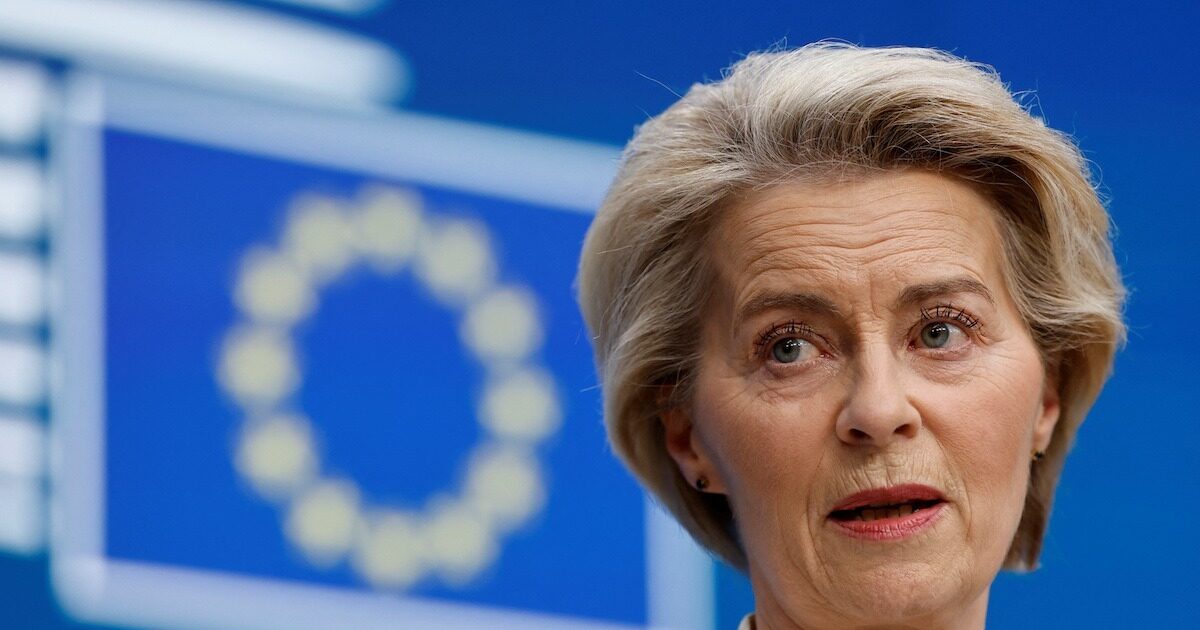Approved today by the College of European Union Commissioners (EU), Commission’s proposal for budget of the period 2028-2034.
This budget amounts to 2 trillion euros and marks the most ambitious proposal in EU history, with the aim of strengthening European strategic autonomy, flexibility and transparency, without increasing national contributions, thanks to a new architecture of their own resources.
The central pillar of the multiannual fiscal framework (MSc) is investments in humans, Member States and Regions. The package of national and regional partnership plans is € 865 billion and is based on cohesion and agriculture, securing over 300 billion euros for the income of farmers and fishermen. The agricultural reserve is doubled, with at least € 218 billion for less developed regions and € 2 billion for fishing. At the same time, there is a target for social spending at 14%, with monitoring of funding throughout the MSc. The Solidarity Fund is tripled, as is the investment for border immigration and guarding.
For the first time, the budget provides for the creation of a lending tool – the “Catalyst Europe” – through which loans will be borrowed up to € 150 billion, with support from the Community budget. The aim is to boost investment in common European priorities such as defense, energy and strategic technologies.
Resources will be distributed on the basis of simplified and transparent criteria, such as regional inequalities, agricultural needs or border tensions. National and regional partnership plans are replacing the current complexity of many different funds, allowing European priorities to align with local needs.
The heresy for the rule of law remains an inviolable condition for access to funding. Compliance with fundamental rights is a prerequisite for investment and the focus of reforms, accompanied by transparency and accountability mechanisms.
The Erasmus+ program is increasing by 50%, while citizens’ society are boosted through actions such as LIFE (for environment, biodiversity and circular economy) and the new Agora-eu program, which focuses on the freedom of SMEs, political rights and diversity.
In the field of competitiveness, the proposal includes a European competitiveness fund of € 410 billion. Includes doubling the Horizon Europe program, fivefolding investment in digital transition and exhaustion of funds for pure technologies, bio -economy and charcoal. Climate costs reach a total of 700 billion euros, covering the target of 35% of the EU’s environmental targets.
In the field of defense and security, € 131 billion is available, five times the amount of today’s level. Doubles the CEF for transport, funding for military mobility and fifty resources for energy infrastructure. Investments in cyber security and dual -use infrastructure are also increasing.
For external action, the “World Europe” program provides € 200 billion – increased by 75%. It focuses on Global Gateway, humanitarian aid and strategic partnerships, with an emphasis on enlargement support. There is a complete integration of candidate countries in the financial framework, as well as € 100 billion for Ukraine, by doubling the relevant mechanism for recovery and preparation for EU accession.
For durability and flexibility, a special crisis mechanism is created with the capacity of up to € 400 billion. The EU is now gaining a permanent fund for immediate reaction to future shocks.
Finally, the proposal provides for new resources for the funding of the MSc and the repayment of joint recovery loans. The aim is to maintain national contributions steady, ensuring fiscal balance in the Member States, while fulfilling EU ambitions.
